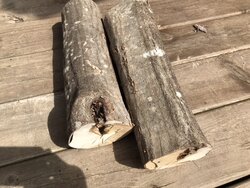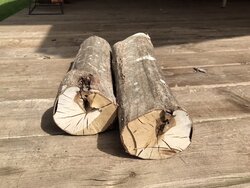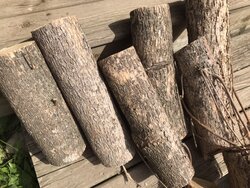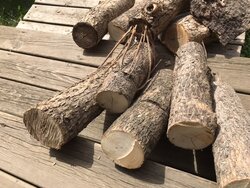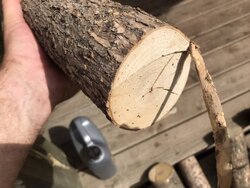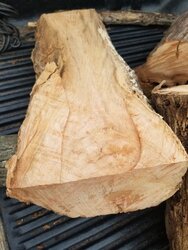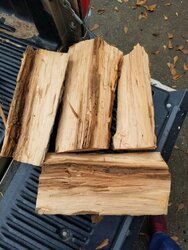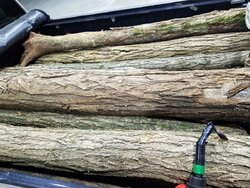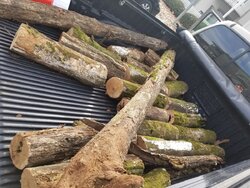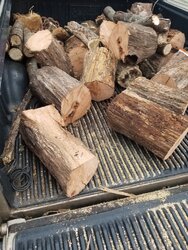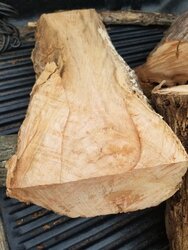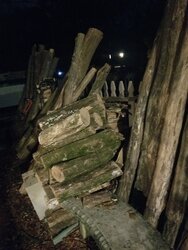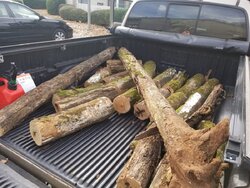I get this wood sometimes and it’s always small in diameter and it’s quite dense and heavy for how small it is. I think the pieces with the rough bark it Hop Hornbeam or Ironwood and the smooth barked pieces are American hop Hornbeam also known as Ironwood. The smooth barked stuff usually has ripples in it like muscles. I usually dry it for at least two to three years along with my red oak. What do you all think?
